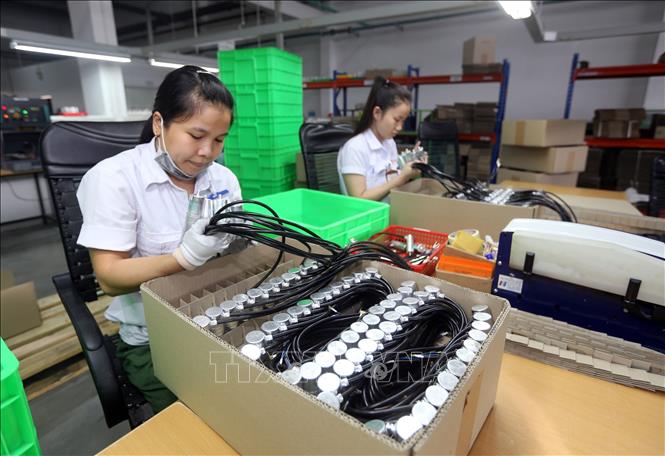
Production of high-end electronic components at Hydra Vietnam Co., Ltd., invested by the Czech Republic, in Da Nang. Photo: Danh Lam/VNA
Although trade tensions have opened up some opportunities for supply chain shifts, businesses in the Central region are still facing many internal and systemic difficulties.
First of all, many important infrastructure and industrial projects in the Central region are behind schedule or stalled due to problems with site clearance, investment mechanisms or policy changes. This situation significantly reduces the attractiveness of the investment environment in the region - which is already at a disadvantage compared to the two ends of the country.
Second, the attraction of foreign direct investment (FDI) in recent times has mainly taken place in the direction of "self-propelled" in each locality, lacking regional coordination, leading to an imbalance in resource allocation. When FDI enterprises began to shift their focus to the domestic market due to barriers in exports to the US and China and the phenomenon of oversupply in some industries appeared, it put pressure on Vietnamese enterprises that were trying to compete at home. A typical example is the tire manufacturing industry.
Mr. Ha Phuoc Loc - Deputy General Director of Danang Rubber Joint Stock Company said that according to the company's survey in 2024, while the total demand for Radial tires in the Vietnamese market is nearly 2 million tires, we are attracting 5 FDI enterprises to produce Radial tires with a capacity of 12 million tires/year. Not to mention that there are currently 2 domestic tire manufacturing enterprises, DRC and Casumina, which have met more than 75% of domestic Radial tire demand.
At the same time, domestic consumer psychology is still a major barrier. Although many Vietnamese enterprises have produced products that meet European standards and successfully exported to many countries, they have difficulty conquering the domestic market. The habit of preferring foreign goods makes it difficult for domestic enterprises to grow sustainably, especially in the context of fierce competition with FDI enterprises right at home.
Although the Central region is not yet the number 1 priority destination, the trend of "branching out" is emerging. In 2023, Nam Hoi An Industrial Park ( Quang Nam ) will receive a 100 million USD project from an American investor in the field of electronic equipment. The expanded Hoa Khanh Industrial Park (Da Nang) is welcoming a series of Japanese and European enterprises wanting to produce medical equipment and auto parts.
At the end of 2024, KP Aerospace Vietnam Co., Ltd. (under KP Aero Industries Group, Korea) inaugurated an aviation components factory in Da Nang High-Tech Park, specializing in supplying components for Boeing 787 and 737 MAX aircraft. This is a sign that the Central region can become a "satellite" in the global aviation industry supply chain.
If Da Nang plays the role of an international technology and service center, neighboring provinces such as Quang Nam and Quang Ngai can play the role of supplying human resources, materials, logistics and supporting infrastructure. For example, Tam Thang Industrial Park (Quang Nam) has welcomed a number of projects associated with Da Nang in the field of medical equipment and electronic accessories.
As for US businesses, in October 2024, representatives of SpaceX Corporation worked with the People's Committee of Da Nang City on a plan to provide Starlink satellite Internet service in the Central region. This is a key technology that helps coastal areas, mountainous areas, and remote islands access high-speed Internet - which is especially important for logistics, aviation services, tourism, and technology startups. This is not only a telecommunications technology project, but also opens up opportunities for local businesses to participate in the supply chain of equipment, human resources, and digital infrastructure.
According to Mr. Christopher Vanloon, President of the American Chamber of Commerce in Vietnam, there are currently more than 2,500 American businesses operating in Vietnam; many of which produce important items such as computers, household appliances, software, etc. to supply the US market. If Vietnam's export tariffs to the US increase, it will affect the business of these businesses.
In addition, new-generation FTAs such as CPTPP and EVFTA allow Vietnamese goods to enter other major markets with a 0% tax rate. Enterprises in the Central region, if meeting origin and quality standards, can access the EU, Japan, and Canada markets. Some enterprises such as Thuan Phuoc Seafood Company Limited (Da Nang) have expanded their market to Europe and achieved an export turnover of over 50 million USD/year by taking advantage of incentives from EVFTA.
In the context of capital flows, technology, and global supply chains being restructured, if we know how to seize opportunities, strengthen regional connectivity, and invest in infrastructure and human resources, Central enterprises can completely rise to become a strategic destination for international investors.
According to VNA
Source: https://baohoabinh.com.vn/12/200440/Co-hoi-va-thach-thuc-voi-doanh-nghiep-truoc-cang-thang-thuong-mai.htm



![[Photo] Politburo works with the Standing Committee of Cao Bang Provincial Party Committee and Hue City Party Committee](https://vphoto.vietnam.vn/thumb/1200x675/vietnam/resource/IMAGE/2025/8/28/fee8a847b1ff45188749eb0299c512b2)
![[Photo] Red flag with yellow star flutters in France on National Day September 2](https://vphoto.vietnam.vn/thumb/1200x675/vietnam/resource/IMAGE/2025/8/28/f6fc12215220488bb859230b86b9cc12)
![[Photo] General Secretary To Lam presents the 45-year Party membership badge to comrade Phan Dinh Trac](https://vphoto.vietnam.vn/thumb/1200x675/vietnam/resource/IMAGE/2025/8/28/e2f08c400e504e38ac694bc6142ac331)
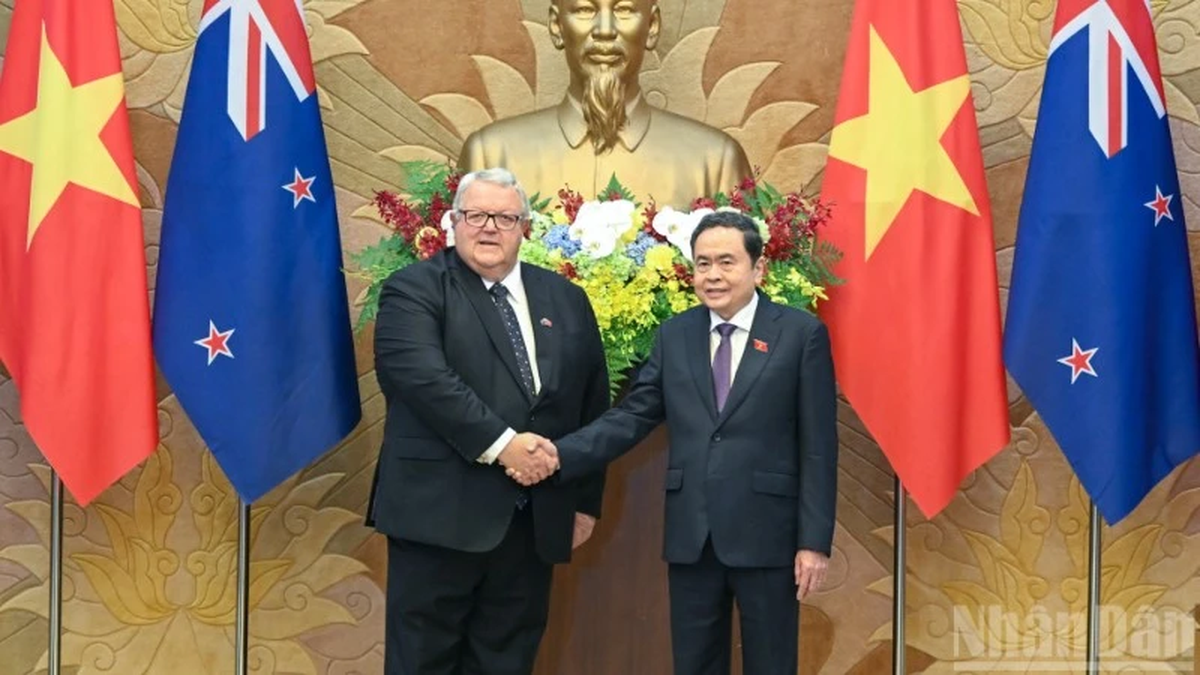
![[Photo] Prime Minister Pham Minh Chinh meets with Speaker of the New Zealand Parliament Gerry Brownlee](https://vphoto.vietnam.vn/thumb/1200x675/vietnam/resource/IMAGE/2025/8/28/cec2630220ec49efbb04030e664995db)





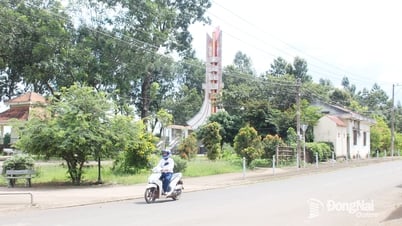

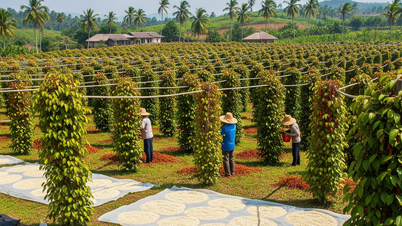

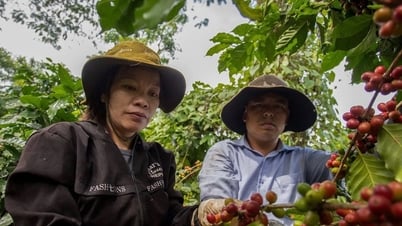











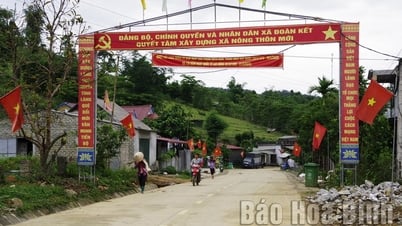
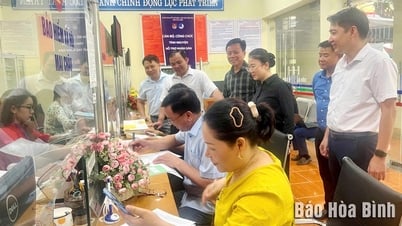




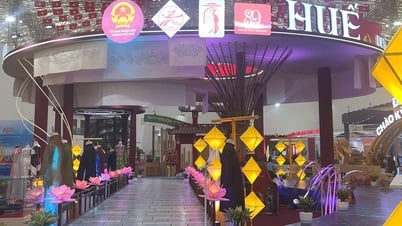


















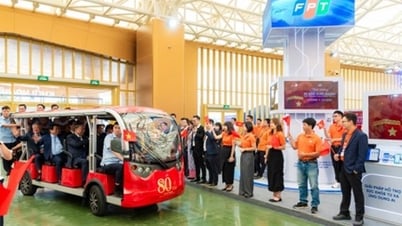


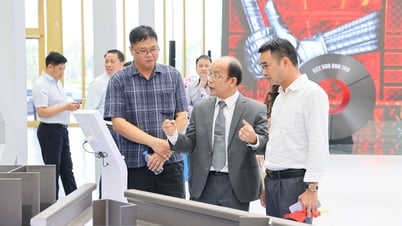
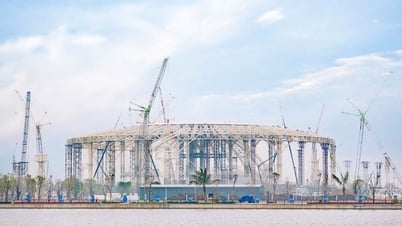

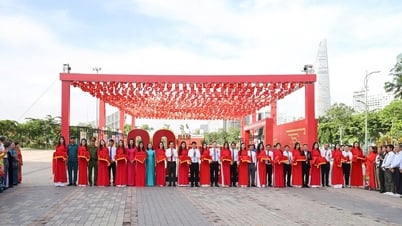











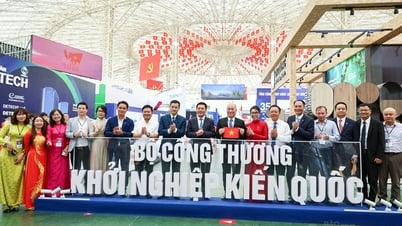






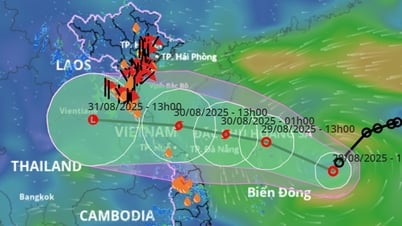
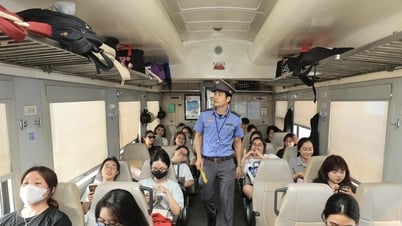




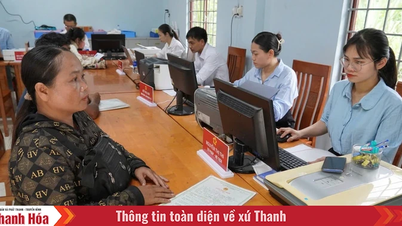








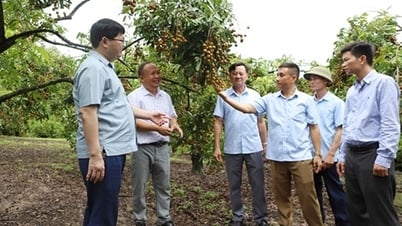






Comment (0)